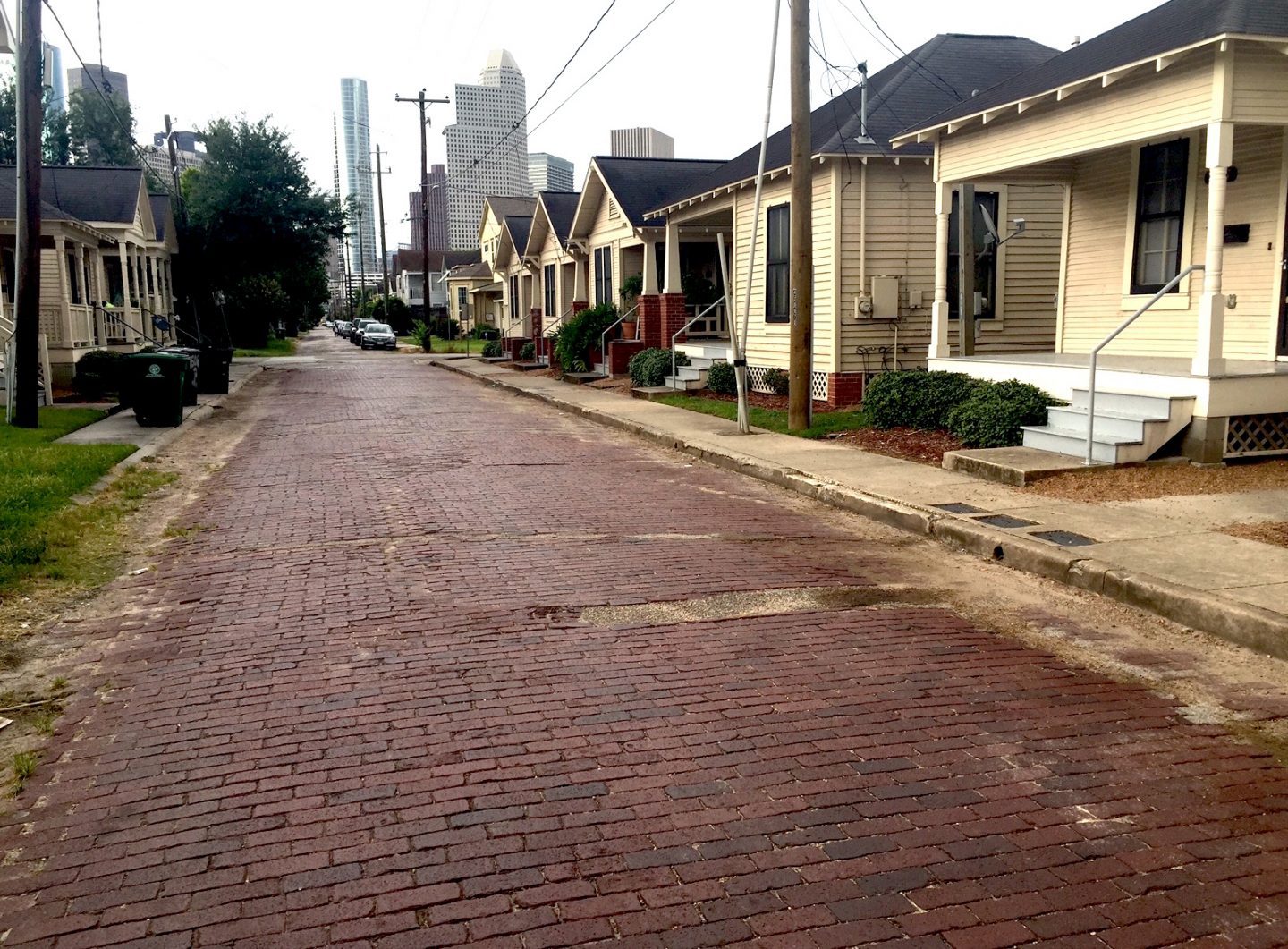
Looking to explore the South? Be sure to add these Historic African American Townships to your travel list. These towns were settled or run by African American communities and are full of rich history and modern day cultural experiences perfect for a weekend getaway or family vacation.
Historic African American Townships in the South to Visit
Mound Bayou, Mississippi: Mound Bayou was an
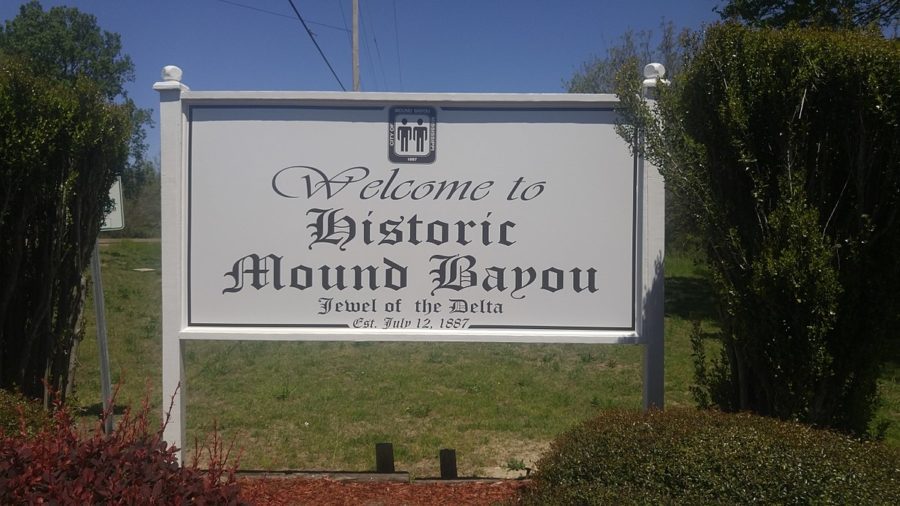
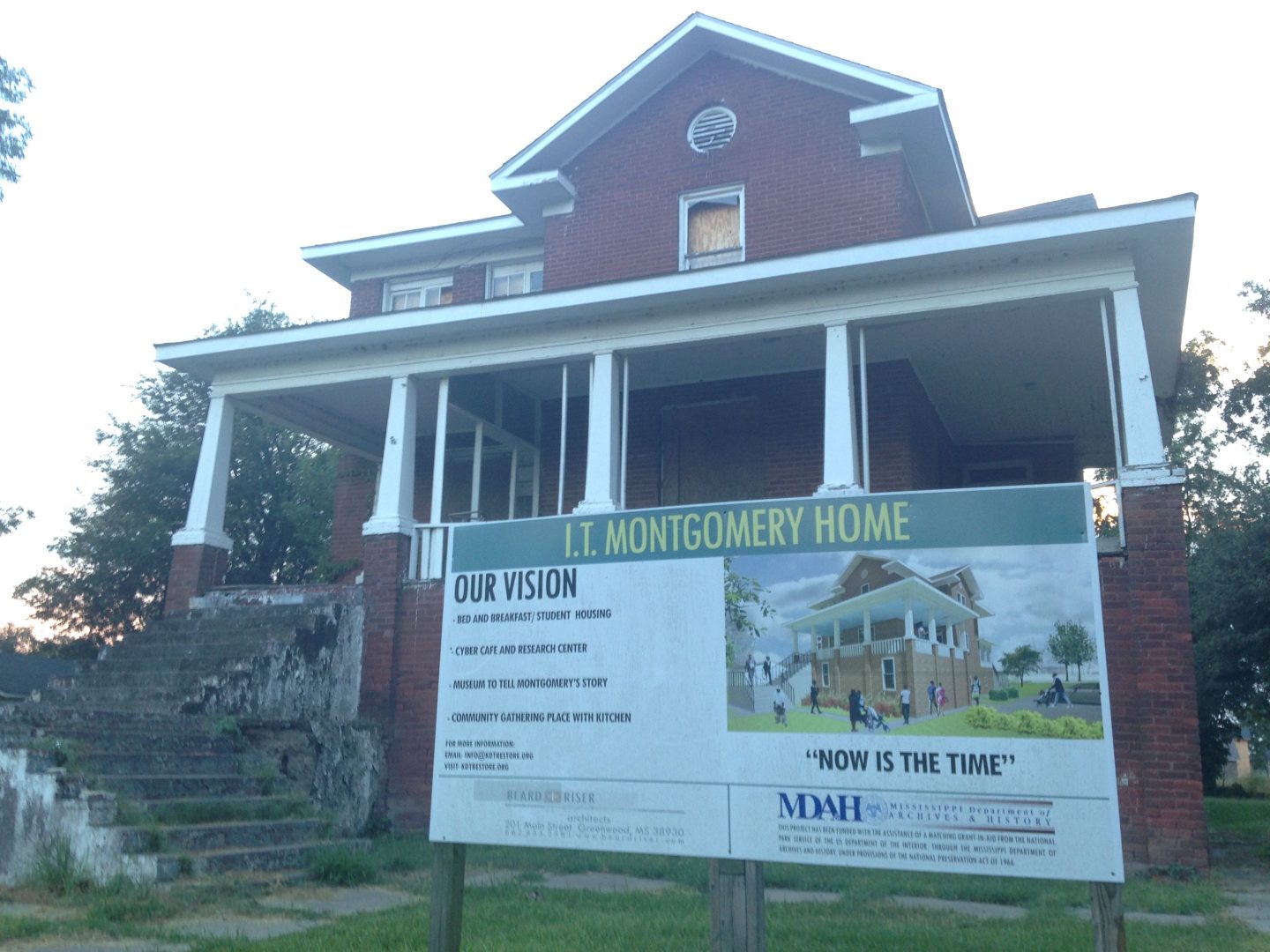
American Beach, Florida: his particular beach is a historic beach community, which is most popular among African-American visitors. The beach is located north of Jacksonville on Amelia Island this beach is not subject to the crowds like other Florida beaches can be. The beach itself was founded by Abraham Lincoln Lewis, Florida’s first black millionaire back in 1935. The original idea for the beach was for Lewis to have a place that his employees at the Afro-American Life Insurance Company could go to vacation and have homes they could own by the shore. Talk about a generous man, right?! Back when segregation was a huge issue in the United States this idea was welcomed with open arms among the African American community, a place they could go to and relax without fear of negativity and humiliation.
Grambling, Louisiana: A town settled by newly freed slaves and the home of Grambling State University. Explore more infommation here: https://www.louisianatravel.com/grambling/history-heritage


Mitchellville, South Carolina: In 1862, shortly after the Emancipation Proclamation was signed, the people of Mitchelville were busy creating a completely new, self-governed culture that would be the guidepost for generations to follow. These new citizens built homes on neatly arranged streets, elected their own officials, developed laws, built an economy, and implemented mandatory education for their children. In fact, the reports of the success of Mitchelville were so glowing, that the famous Underground Railroad freedom fighter, Harriet Tubman, was sent to Hilton Head to see this bustling town, so she could share the story of Mitchelville’s self-governed success with future freedmen towns. Situated on Hilton Head Island, SC, Mitchelville represents a jewel within the Gullah/Geechee Cultural Heritage Corridor that forms the roots of the African-American’s contribution to the heritage of freedom in America.
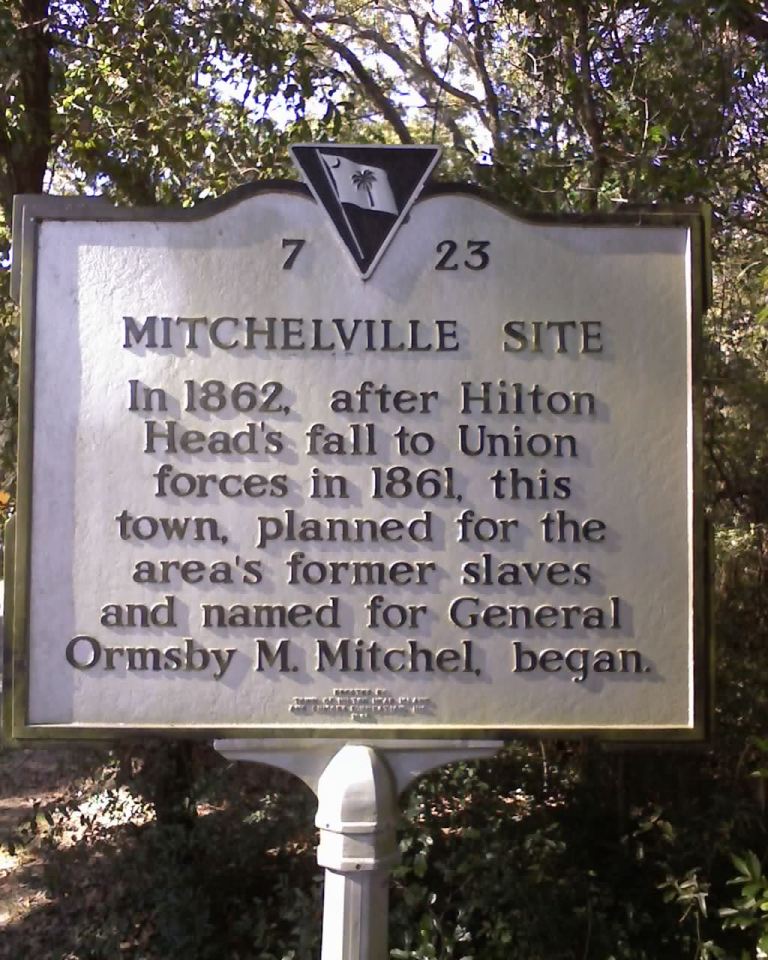
Freedmen’s Town, Texas: Freedmen’s Town is a nationally registered historical site. The site was originally a community located in the fourth ward of Houston, Texas that began in 1865 as the destination for

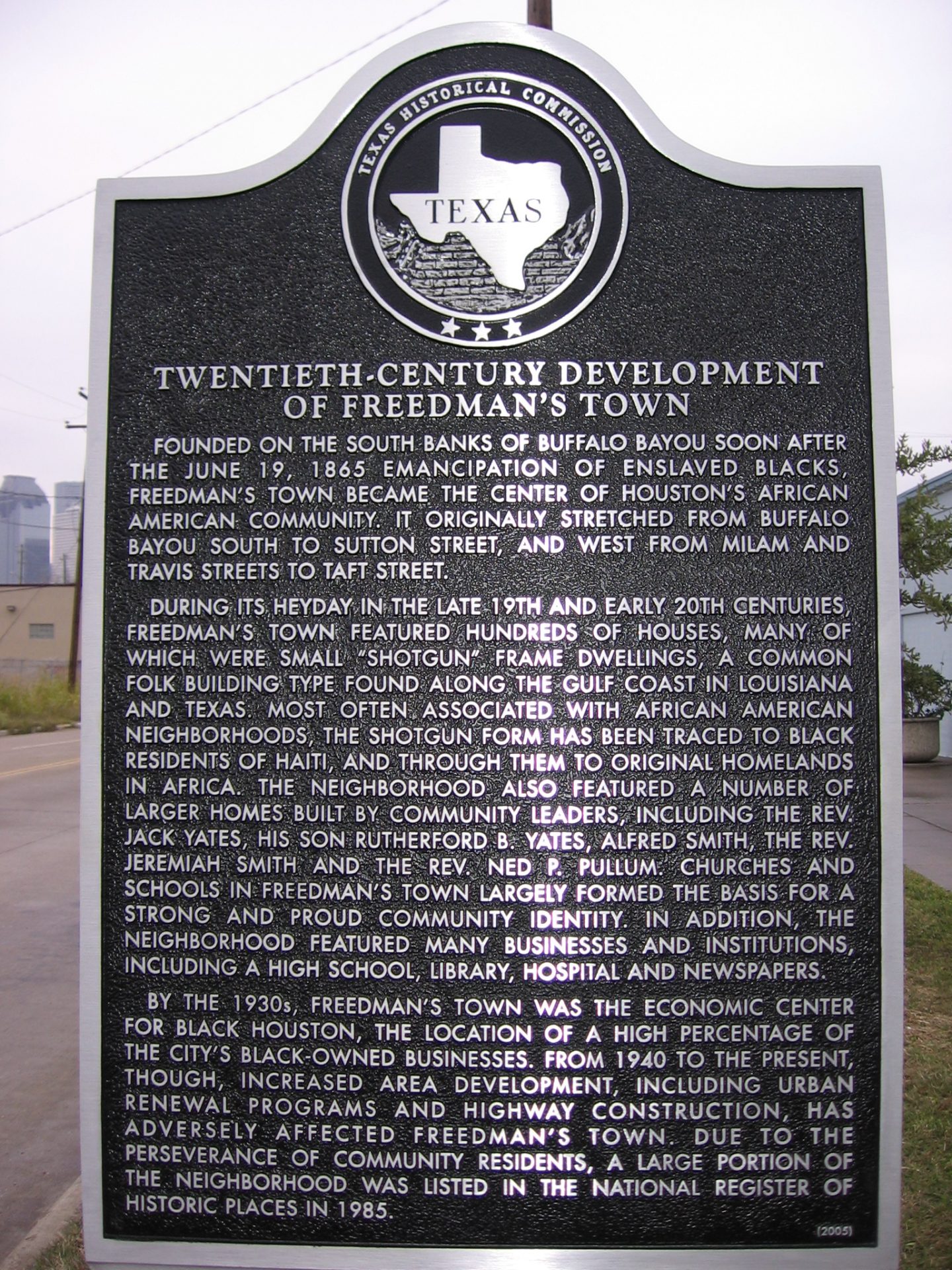
Freedmen’s Village, Virginia: Freedman’s Village was constructed in 1863 on the grounds of the Custis and Lee estates, today the Arlington National Cemetery. The village included 50 one-and-a-half story houses, each of which was divided in half to accommodate two families. The grounds included an industrial school, several schools for children, a hospital, a home for the aged, and churches.
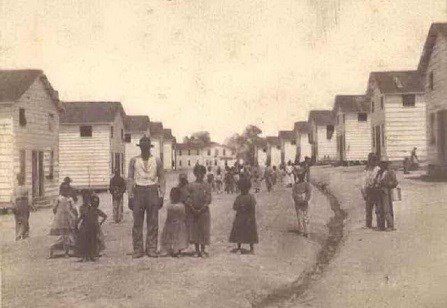
Sapelo Island, Georgia: The community of Hog Hammock, also known as Hogg Hummock, includes homes, a general store, bar, public library, and other small businesses including vacation rentals. There are two active church congregations in Hog Hammock: St. Luke Baptist Church, founded in 1885, and First African Baptist Church, established in 1866. The latter congregation has an older building known as First African Baptist Church at Raccoon Bluff, constructed in 1900 in the former Raccoon Bluff community north of Hog Hammock. It is used for special services and programs.

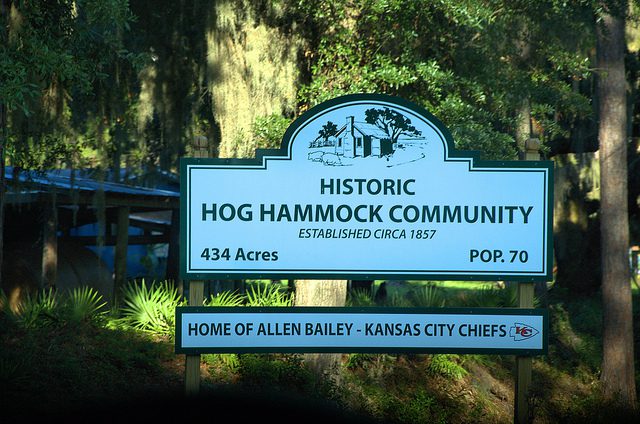
Hobson City, Alabama: This area
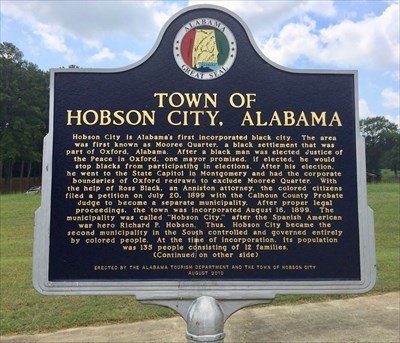
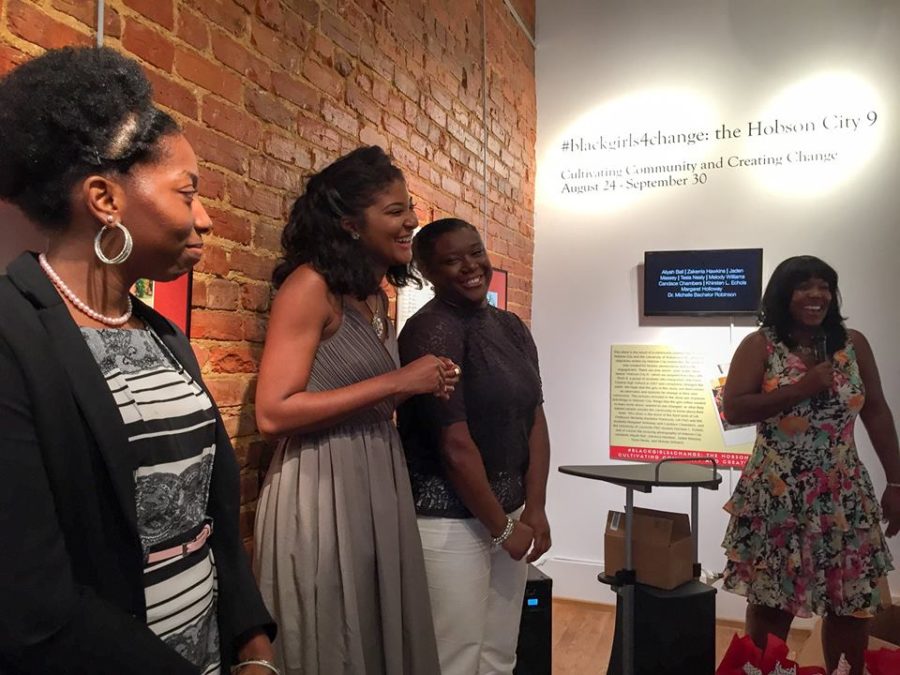



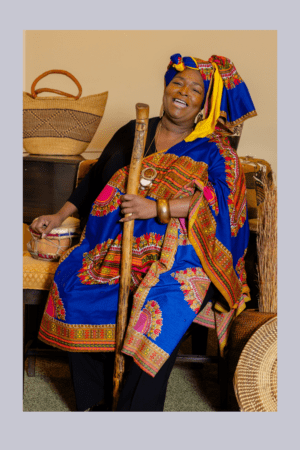



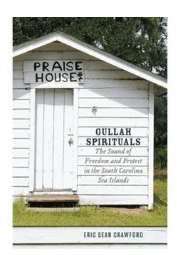


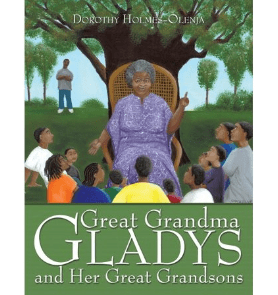

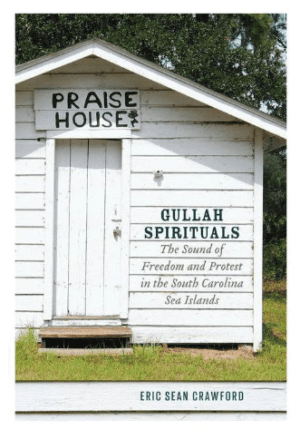

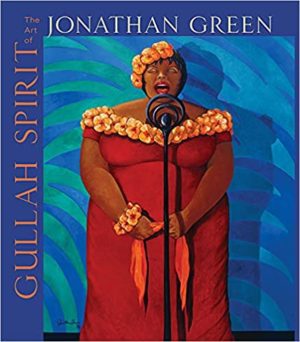



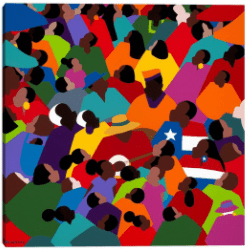


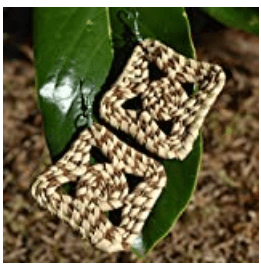



















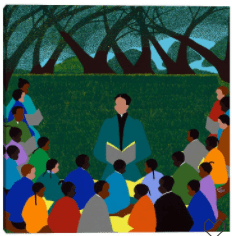
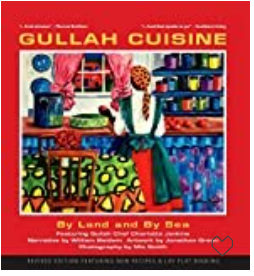
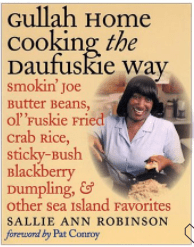

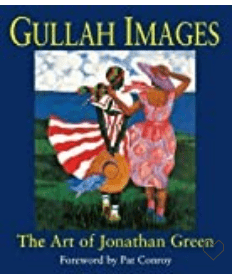
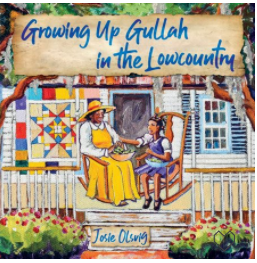
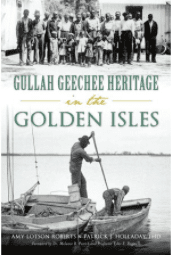
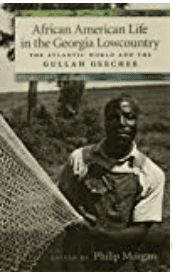
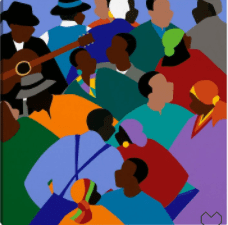

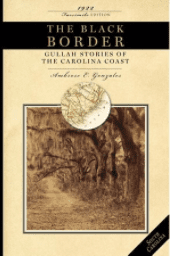
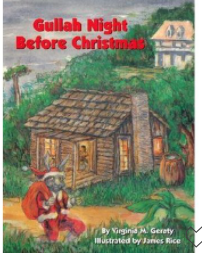


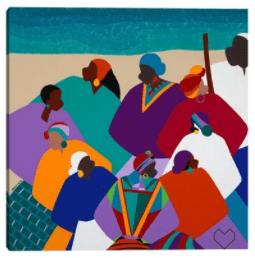
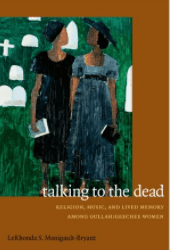
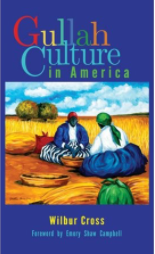

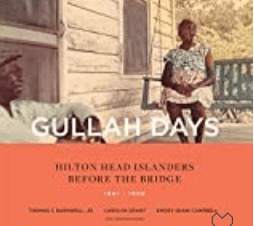
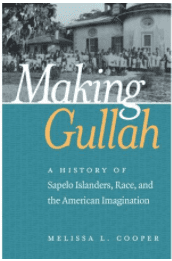
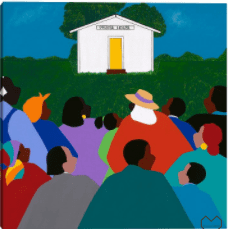


Wow just wow! Great job Michelle
Thank you for sharing this information. This is so interesting!! I had no idea that there are still surviving Black communities around.